In an era where precision manufacturing is paramount—from aerospace to consumer electronics—the choice of machining method plays a critical role in the quality and functionality of end Products. Machining, essentially the process of removing material from a workpiece to achieve a desired shape and finish, encompasses several methods, each with varying degrees of accuracy. Understanding these methods can help engineers and manufacturers select the ideal technique for their needs.
Milling is one of the most versatile machining processes, employing rotary cutters to remove material while the workpiece is fed in multiple directions. It can produce complex shapes and precision features on flat or contoured surfaces.
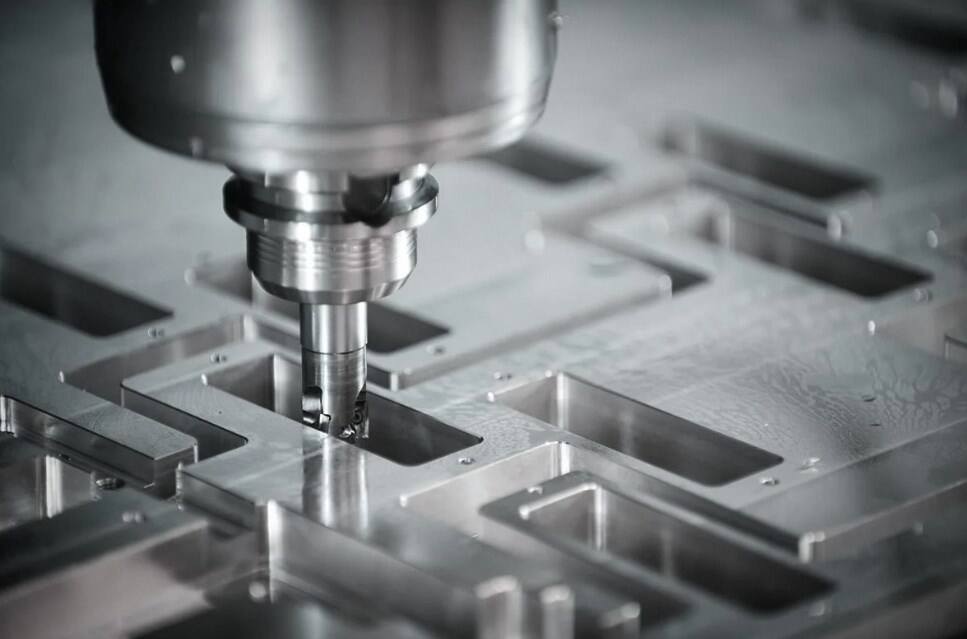
Turning involves rotating the workpiece while a stationary cutting tool removes material, creating cylindrical shapes. This process is particularly advantageous for making shafts, pins, and other round components.
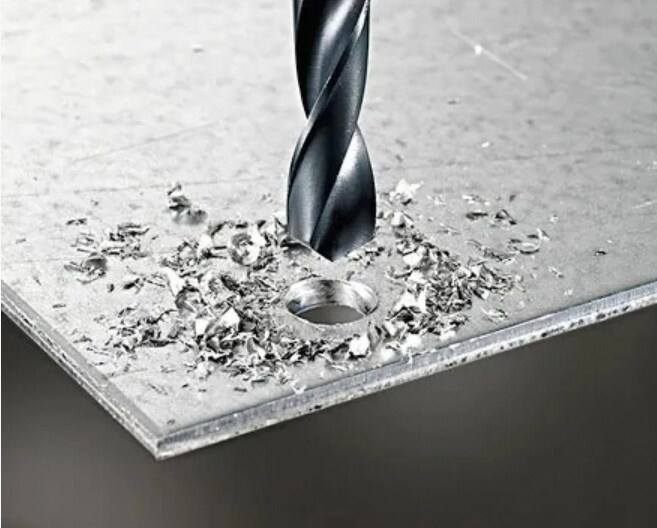
Grinding is a precision finishing process that utilizes an abrasive wheel to wear away material. It’s often the method of choice for achieving a smooth surface and tight tolerances.
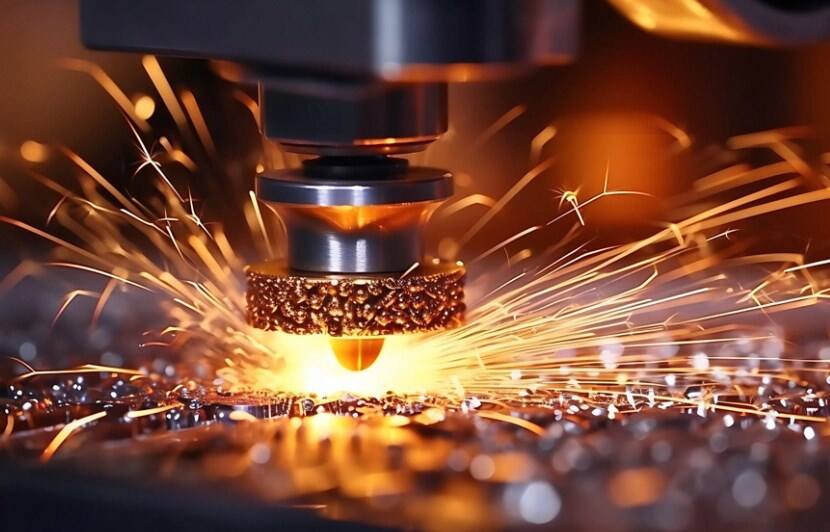
EDM uses electrical discharges (sparks) to erode material off the workpiece, allowing for the creation of extremely complex shapes and fine details, particularly in hard metals.
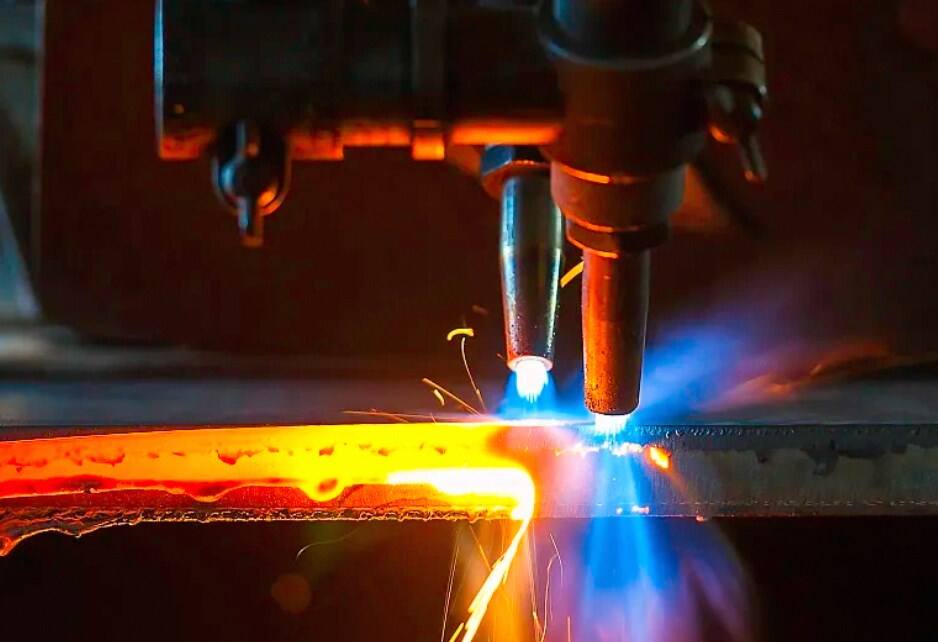
While traditionally viewed as a cutting process, laser cutting has gained traction in the realm of machining for sheet metal and thin-walled structures. It uses focused laser beams to vaporize material.
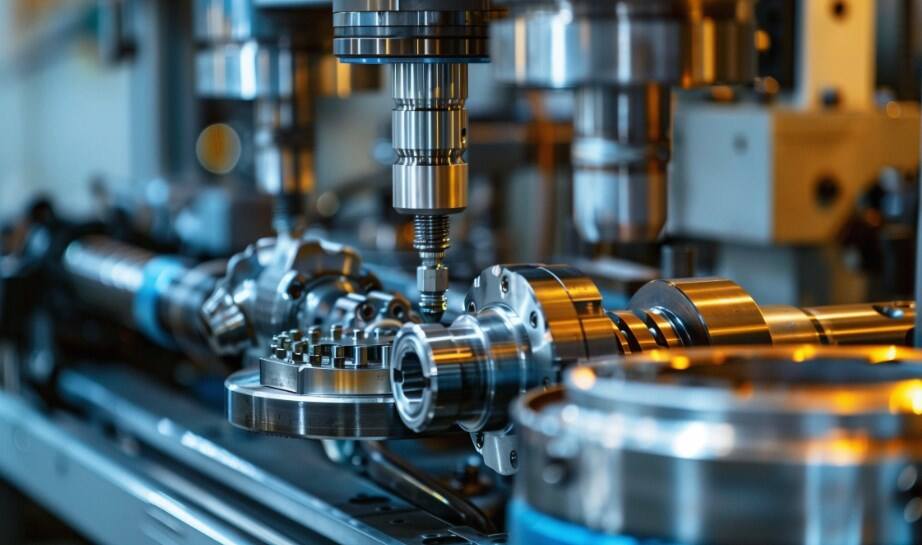
| Method | Typical Tolerance |
|---|---|
| Milling | ±0.02 mm (down to ±0.005 mm with CNC) |
| Turning | ±0.01 mm (up to ±0.002 mm with high-end lathes) |
| Grinding | ±0.001 mm or tighter |
| EDM | ±0.002 mm |
| Laser Cutting | ±0.1 mm to ±0.01 mm |
Choosing the right machining method is essential for achieving the required accuracy and quality in manufacturing. Each technique offers specific advantages and limitations based on the design complexity, material properties, and tolerance requirements.
As technology continues to advance, innovative machining techniques and improvements in existing methods promise to increase efficiency and precision even further. With an understanding of these processes, engineers and manufacturers can make strategically informed decisions that bolster product quality and performance, pushing the boundaries of what's possible in precision engineering.
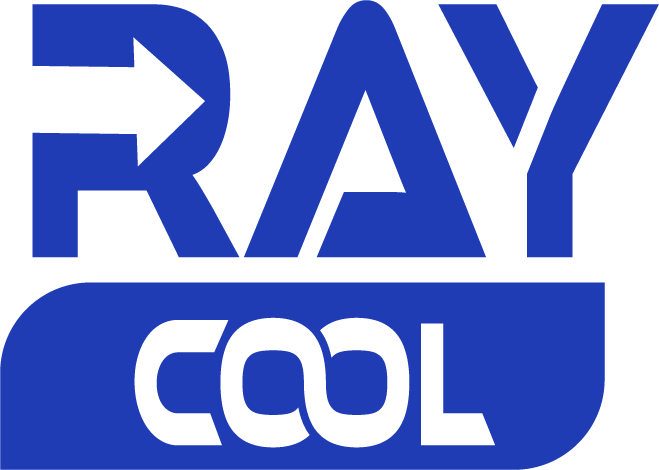
Copyright © 2025 China Shanghai Raycool Industrial Co., Ltd. All rights reserved - Privacy policy